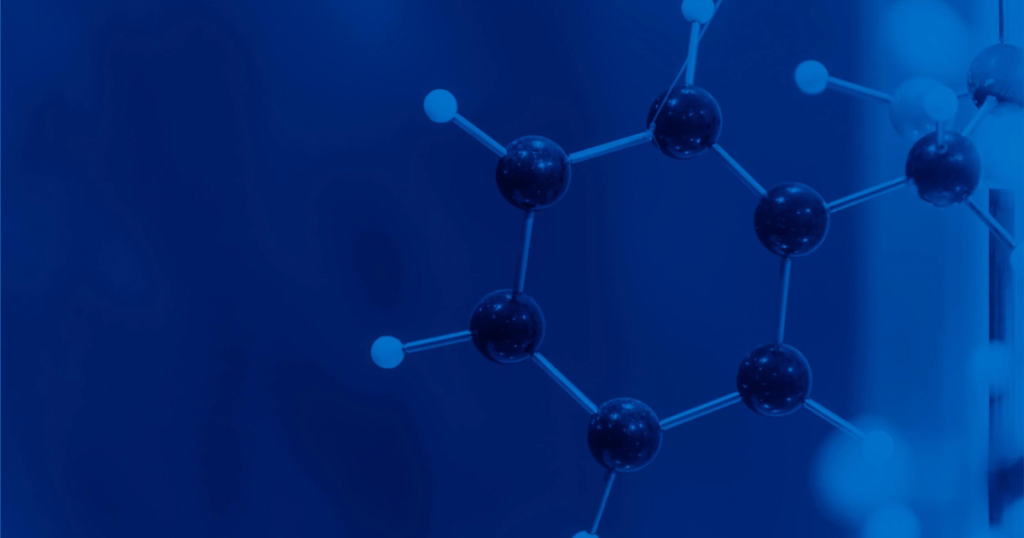Perfluoroalkoxy, commonly referred to as PFA, is a type of fluoropolymer. You may have encountered other fluoropolymers like Teflon, which is widely used in non-stick cookware. PFA is similar but has unique properties that make it highly valuable in various industrial applications. In this blog, we’ll explore what PFA is, its characteristics, where it’s used, and why it’s important.
What Exactly Is PFA?
PFA stands for Perfluoroalkoxy alkane, a polymer made up of carbon, fluorine, and oxygen atoms. It falls under the category of fluoropolymers, which are known for their remarkable resistance to heat, chemicals, and electrical insulation properties.
PFA was developed in the 1970s by DuPont, a company famous for inventing Teflon. It’s often confused with other similar materials, such as PTFE (polytetrafluoroethylene), but PFA has a slightly different structure, making it more versatile in specific industries.
Key Characteristics Of PFA
PFA has several standout features that set it apart from other polymers:
Chemical Resistance
One of the most valuable properties of PFA is its outstanding chemical resistance. PFA can withstand exposure to a wide range of harsh chemicals, including acids, bases, and solvents, without breaking down or degrading. This makes it ideal for use in industries where materials are frequently exposed to corrosive substances.
High-Temperature Stability
PFA can withstand extreme temperatures, both hot and cold. It has a melting point of around 305°C (581°F), which is higher than many other polymers. PFA maintains its strength and flexibility in these conditions, making it suitable for use in demanding environments like chemical processing plants and semiconductor manufacturing.
Excellent Electrical Insulation
PFA is a superb electrical insulator. This is critical in industries where electrical safety is paramount. Its ability to prevent electrical conduction makes it valuable in the electronics and telecommunications sectors.
Flexibility and Durability
Despite being highly resistant to damage, PFA is also flexible. It can be molded and shaped into various forms, which is why it’s often used to coat wires, tubing, and other components that need both strength and pliability.
Smooth Surface
The smooth surface of PFA makes it non-stick, much like Teflon. This feature is especially useful in industries where materials need to flow through tubes or pipes without sticking to the surface. It also makes PFA easy to clean.
Applications Of PFA
PFA’s unique combination of heat resistance, chemical stability, and flexibility make it an essential material in several industries. Here’s a look at where PFA is commonly used:
Chemical Processing
In chemical plants, PFA is often used to line pipes, valves, and fittings that come into contact with corrosive substances. The material’s chemical resistance ensures that it doesn’t degrade over time, providing a long-lasting solution for transporting aggressive chemicals.
Semiconductor Manufacturing
The semiconductor industry is known for its stringent cleanliness requirements. PFA’s non-reactive and non-stick properties make it a perfect fit for this industry. It’s used in the production of semiconductor devices, where even small amounts of contamination can cause defects.
Medical Equipment
Because of its chemical resistance and non-stick properties, PFA is often used in medical devices and equipment. It’s particularly common in tubing and containers that store or transport sensitive materials, as the smooth surface prevents substances from sticking or contaminating the equipment.
Aerospace Industry
PFA’s high-temperature stability and durability make it a favorite in the aerospace industry. It’s used in wiring insulation and other components that must withstand extreme temperatures and harsh conditions.
Food and Beverage Industry
In the food and beverage industry, PFA is used to coat surfaces that come into contact with food or liquids. Its non-stick and easy-to-clean surface make it ideal for applications where hygiene is crucial.
Coating for Wires and Cables
PFA’s flexibility and insulation properties make it an excellent choice for coating electrical wires and cables. It prevents electrical current from leaking, even in high-temperature environments, and is used in electronics, telecommunications, and other fields requiring reliable insulation.
Advantages Of PFA Over Other Materials
Now that we understand what PFA is and where it’s used, let’s compare it to other materials to see why it’s often chosen for these applications:
Better Temperature Resistance than PTFE
PTFE (Teflon) is another popular fluoropolymer, but PFA can withstand slightly higher temperatures, making it more suitable for environments where extreme heat is a factor.
Easier to Mold than FEP
FEP (fluorinated ethylene propylene) is another fluoropolymer similar to PFA. However, PFA is easier to shape and mold, making it more versatile in applications requiring complex or custom shapes.
Longer Lifespan in Harsh Environments
PFA’s ability to resist chemical attacks and high temperatures means that it lasts longer in demanding environments compared to other plastics and materials.
Disadvantages Of PFA
While PFA has many benefits, it’s important to acknowledge its limitations:
Cost
PFA can be expensive compared to other materials, particularly standard plastics. Its high cost limits its use to industries where its unique properties are essential.
Not as Strong as Some Alternatives
While PFA is flexible and durable, it’s not as strong as some other materials. If extreme mechanical strength is needed, other options like metals or reinforced plastics may be more suitable.
PFA And The Environment
With increasing attention on sustainability, it’s essential to consider how materials like PFA impact the environment. Fluoropolymers like PFA are known for being non-biodegradable. However, their long lifespan means they don’t need to be replaced frequently, which can reduce waste over time.
Efforts are also being made to recycle fluoropolymers, though the process is more complicated than with traditional plastics. As industries strive to balance performance with sustainability, research is ongoing to find eco-friendlier alternatives to PFA.
Conclusion
PFA (Perfluoroalkoxy) is a versatile fluoropolymer known for its exceptional chemical resistance, high-temperature stability, electrical insulation, and flexibility. It plays a crucial role in industries ranging from chemical processing to aerospace, electronics, and medical equipment. Although it has a few drawbacks, like its cost and environmental concerns, PFA remains a go-to material for applications where durability and performance are paramount.



